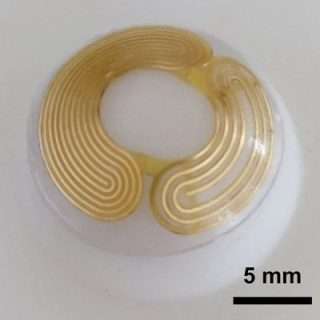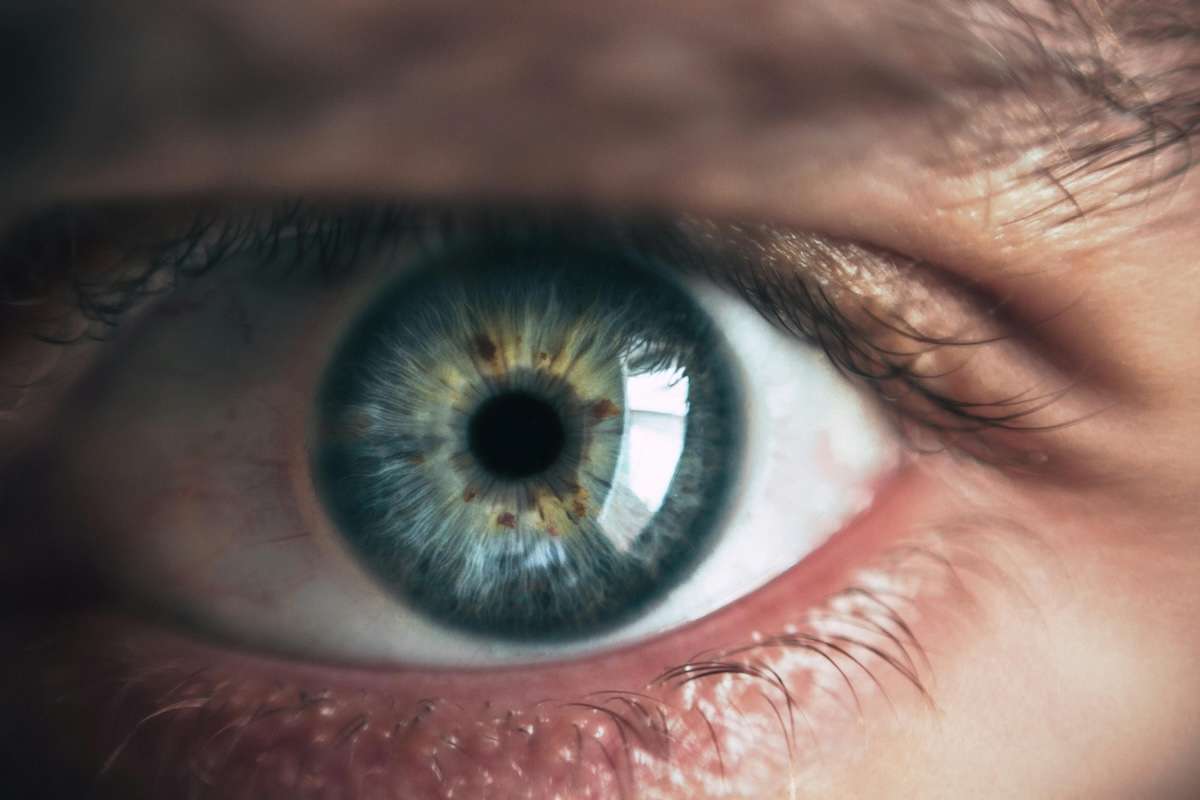What To Know
- Doctors can identify changes in eye pressure to determine if a patient has glaucoma, but monitoring it constantly is challenging due to the wide range of temperatures in the eyes.
- So, Dengbao Xiao and his team, who said their work was paid for by the National Natural Science Foundation of China, intended to make a contact lens that could correctly assess and provide real-time data regarding eye pressure throughout a wide range of temperatures.
Glaucoma is known as the “sight stealer,” as it can affect individuals insidiously without most people realizing that their sight is slowly diminishing until it is too late. Clinical signs may exist, but ordinary people may not immediately notice them unless they undergo examination by ophthalmologists. There is an innovation potentially on the horizon that may eventually become a method to measure intraocular pressure, one of the barometers for glaucoma.
SINGAPORE – Most individuals who have early-stage glaucoma don’t realize they do, even though getting treatment early is important to stop visual loss. Doctors can identify changes in eye pressure to determine if a patient has glaucoma, but monitoring it constantly is challenging due to the wide range of temperatures in the eyes. Researchers at ACS Applied Materials & Interfaces have developed a prototype “smart” contact lens that precisely senses ocular pressure, no matter what the temperature is.
The prototype consists of a transparent film shaped like a half sphere, featuring two gold spirals on its sides. The lens is bigger than a scale bar that is 5 millimeters long.

The Centers for Disease Control and Prevention say that about three million individuals in the U.S. have glaucoma, which is a group of disorders that hurt the optic nerve and cause visual loss. During eye exams, doctors utilize “air puff tests” that make people flinch to collect one-time readings of ocular pressure. A little rise in pressure, which is an otherwise unnoticeable sign of fluid collection around the cornea, can be a sign of glaucoma. Scientists have been trying out different ways to constantly and more pleasantly find these little changes in pressure. One example is contact lenses that send signals to glasses that can pick them up. However, temperature changes, like going outside in the cold, can disrupt the lenses’ readings. So, Dengbao Xiao and his team, who said their work was paid for by the National Natural Science Foundation of China, intended to make a contact lens that could correctly assess and provide real-time data regarding eye pressure throughout a wide range of temperatures.
Xiao and his team first created two tiny spiral circuits, each possessing a unique natural vibration pattern that changes when stretched by small amounts, similar to how the pressure and diameter of an eye change. The researchers used polydimethylsiloxane, a common contact lens material, to make pressure-detecting contact lenses by putting these small circuits between layers of it. Then, by holding a coil near the lens, they used a computer to interpret the vibration patterns of the built-in circuits. Tests that were aimed to replicate eye movement, long exposure to moisture (to simulate damp conditions in the eye), and regular wear and tear did not influence the signals that were sent.
In the lab, the researchers applied the novel lenses to three distinct pig eye samples, closely monitoring the pressures and temperatures within the eyes. The contact lenses wirelessly transmitted pressure data ranging from 50 to 122 degrees F. When pressures were determined using the signal from a single circuit in the lens, the outcomes varied by as much as 87% from the actual values. But when data from both circuits was combined, the pressure measurements were just 7% off from the real number since the combination got rid of mistakes caused by temperature. The researchers assert that their dual-circuit “smart” lens design has promise for precise early identification and monitoring of glaucoma, even over a broad spectrum of temperatures.
###




